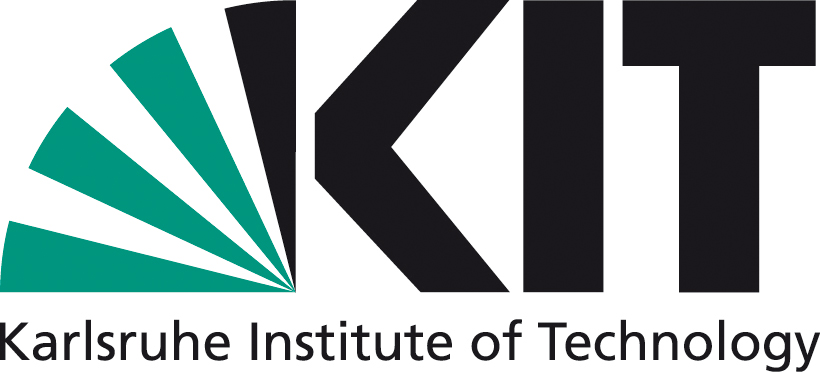Modeling for nano risk assessment and management: The development of integrated governance tools and the potential role of technology assessment
DOI:
https://doi.org/10.14512/tatup.32.1.18Keywords:
nanomaterials, risk governance, in silico methods, governance imaginary, technology assessmentAbstract
In nano risk governance, we observe a trend toward coupling and integrating a variety of computational models into integrated risk
governance tools. This article discusses the development and design of such integrated tools as ‘nano risk governance imaginaries in the making.’ Using an illustrative example, the SUNDS tool, we show how the tool manifests conceptual shifts from risk to innovation governance, a technocratic evidence culture based on the quantification of risks, and an envisioned application in industrial innovation management. This conceptualization runs the risk of narrowing the view of nano risks and cementing the widely lamented democratic deficit in risk governance. We therefore conclude that the development and application of integrated governance tools are highly relevant for technology assessment (TA) and TA should actively engage in their development processes.
References
Böschen, Stefan (2013): Modes of constructing evidence. Sustainable development as social experimentation. The cases of chemical regulations and climate change politics. In: Nature and Culture 8 (1), pp.74–96. https://doi.org/10.3167/nc.2013.080105 DOI: https://doi.org/10.3167/nc.2013.080105
Boullier, Henri; Demortain, David; Zeeman, Maurice (2019): Inventing prediction for regulation. In: Science&Technology Studies 32 (4), pp.137–157. https://doi.org/10.23987/sts.65062 DOI: https://doi.org/10.23987/sts.65062
Demortain, David (2017): Expertise, regulatory science and the evaluation of technology and risk. Introduction to the special issue. In: Minerva 55 (2), pp.139–159. https://doi.org/10.1007/s11024-017-9325-1 DOI: https://doi.org/10.1007/s11024-017-9325-1
EU NanoSafety Cluster (2022): Strategic direction enhancing synergies. A high profile platform for the coordination of nanosafety research in Europe. Available online at https://www.nanosafetycluster.eu, last accessed on 17. 01. 2023.
Hartley, Sarah; Kokotovich, Adam (2018): Disentangling risk assessment. New roles for experts and publics. In: Brigitte Nerlich, Sarah Hartley, Sujatha Raman and Alexander Smith (eds.): Science and the politics of openness. Here be monsters. Manchester: Manchester University Press, pp.176–194. https://doi.org/10.7765/9781526106476.00019 DOI: https://doi.org/10.7765/9781526106476.00019
Hartley, Sarah; Kokotovich, Adam; McCalman, Caroline (2022): Prescribing engagement in environmental risk assessment for gene drive technology. In: Regulation&Governance. Early View. https://doi.org/10.1111/rego.12452 DOI: https://doi.org/10.1111/rego.12452
Isigonis, Panagiotis et al. (2019): Risk governance of nanomaterials. Review of criteria and tools for risk communication, evaluation, and mitigation. In: Nanomaterials 9 (5), pp.1–26. https://doi.org/10.3390/nano9050696 DOI: https://doi.org/10.3390/nano9050696
Jasanoff, Sheila; Kim, Sang-Hyun (eds.) (2015): Dreamscapes of modernity. Sociotechnical imagineries and the fabrication of power. Chicago: Unversity of Chicago Press. https://doi.org/10.7208/chicago/9780226276663.001.0001 DOI: https://doi.org/10.7208/chicago/9780226276663.001.0001
Malsch, Ineke et al. (2017): Comparing mental models of prospective users of the sustainable nanotechnology decision support system. In: Environment Systems and Decisions 37, pp. 465–483. https://doi.org/10.1007/s10669-017-9648-3 DOI: https://doi.org/10.1007/s10669-017-9648-3
Marcomini, Antonio; Hristozov, Danail (2017): Sustainable nanotechnologies (SUN). Final report summary. Available online at https://cordis.europa.eu/project/id/604305/reporting, last accessed on 16. 01. 2023.
McLaren, Duncan (2018): Whose climate and whose ethics? Conceptions of justice in solar geoengineering modelling. In: Energy Research&Social Science 44, pp. 209–221. https://doi.org/10.1016/j.erss.2018.05.021 DOI: https://doi.org/10.1016/j.erss.2018.05.021
Patton, Michael (1990): Qualitative evaluation and research methods. In: Research in Nursing&Health 14 (1), pp.73–74. https://doi.org/10.1002/nur.4770140111 DOI: https://doi.org/10.1002/nur.4770140111
Star, Susan; Griesemer, James (1989): Institutional ecology, ‘translations’ and boundary objects. Amateurs and professionals in Berkeley’s museum of vertebrate zoology, 1907–39. In: Social Studies of Science 19 (3), pp. 387–420. https://doi.org/10.1177/030631289019003001 DOI: https://doi.org/10.1177/030631289019003001
Subramanian, Vrishali et al. (2016): Sustainable nanotechnology decision support system. Bridging risk management, sustainable innovation and risk governance. In: Journal of Nanoparticle Research 18 (4), pp.1–13. https://doi.org/10.1007/s11051-016-3375-4 DOI: https://doi.org/10.1007/s11051-016-3375-4
SUN consortium (2015): Summary report on SUN user workshop. Final version. Available online at http://www.sun-fp7.eu/wpcontent/uploads/2015/02/SUN-user-workshopsummaryfinal.pdf, last accessed on 04. 01. 2023.
SUNDS (2022): Decision support system for risk assessment and management of nano(bio)materials used in consumer products and medical applications. Available online at https://sunds.gd/?request=/sections, last accessed on 04. 01. 2023
Worth, Andrew et al. (2017): Evaluation of the availability and applicability of computational approaches in the safety assessment of nanomaterials. Final report of the Nanocomput project. Luxembourg: Publications Office of the European Union. https://doi.org/10.2760/911484
Published
How to Cite
Issue
Section
License
Copyright (c) 2023 Anja Bauer, Daniela Fuchs

This work is licensed under a Creative Commons Attribution 4.0 International License.








